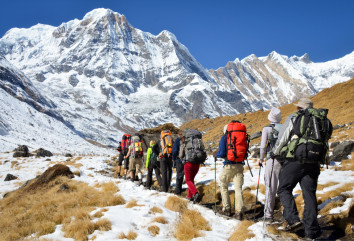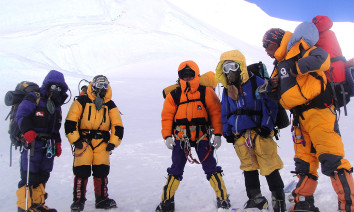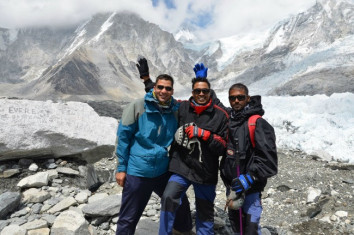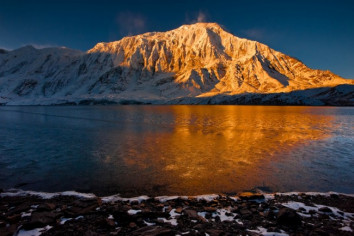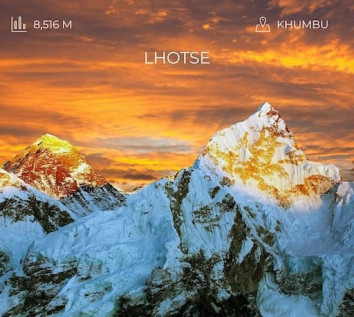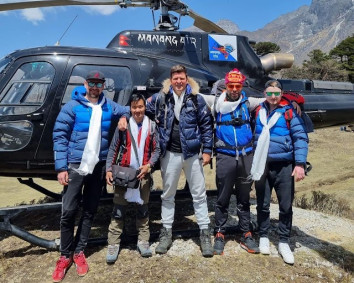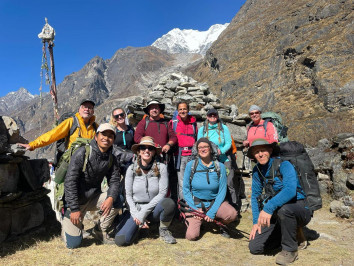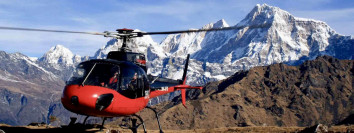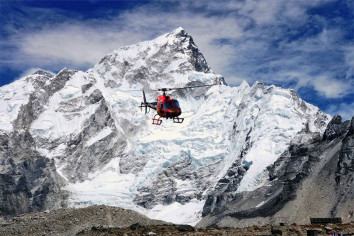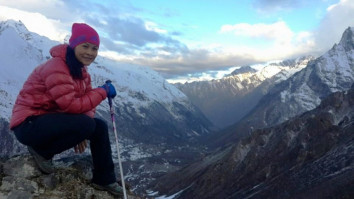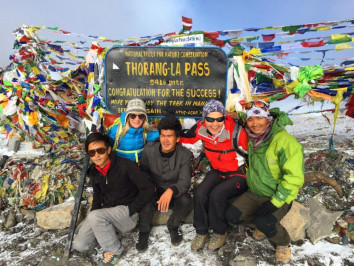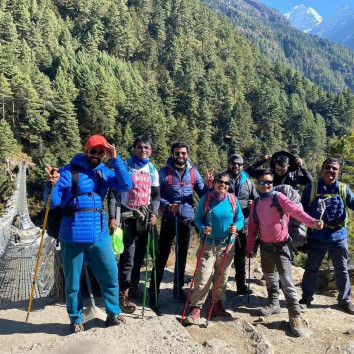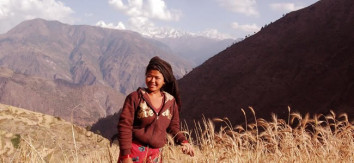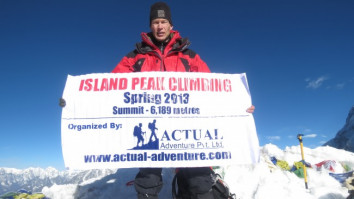2nd Jan, 2024
Everest Base Camp Trek Altitude Profile, Distance and Update Information
The altitude profile involves several ups and downs, with acclimatization days to help the body adjust to the increasing altitude. Trekkers usually follow this general route, with variations depending on the itinerary and specific trekking plans. It's crucial to allow time for acclimatization to minimize the risk of altitude-related illnesses.
Table of Contents
Everest Base Camp Trek Altitude Profile
| Location | Altitude | Description |
|---|---|---|
| Lukla | 2,860 meters / 9,383 feet | Start of the trek. |
| Phakding | 2,652 meters / 8,700 feet | Descend from Lukla. |
| Namche Bazaar | 3,440 meters / 11,286 feet | Acclimatization day. Namche is a significant acclimatization point with various facilities. |
| Tengboche | 3,867 meters / 12,684 feet | Visit the famous Tengboche Monastery. |
| Dingboche | 4,360 meters / 14,300 feet | Another acclimatization day. Views of Ama Dablam. |
| Lobuche | 4,940 meters / 16,207 feet | The trek continues towards higher altitudes. |
| Gorak Shep | 5,164 meters / 16,942 feet | Base for the Everest Base Camp trek. Ascend to Kala Patthar for panoramic views. |
| Everest Base Camp | 5,364 meters / 17,598 feet | Final destination for trekkers. |
the general details of the Everest Base Camp (EBC) trek.
Everest Base Camp Trekking Altitude Map:
Lukla: The trek usually starts from Lukla, which is around 2,860 meters (9,383 feet) above sea level.
Namche Bazaar: A significant stop on the trek is Namche Bazaar at approximately 3,440 meters (11,286 feet).
Tengboche: Another notable location is Tengboche at around 3,860 meters (12,664 feet).
Dingboche: The elevation increases to about 4,410 meters (14,469 feet) at Dingboche.
Lobuche: This point is at around 4,940 meters (16,207 feet).
Gorak Shep: Before reaching Everest Base Camp, trekkers usually stop at Gorak Shep, which is situated at about 5,164 meters (16,942 feet).
Everest Base Camp: The final destination, Everest Base Camp, is around 5,364 meters (17,598 feet) above sea level.
Everest Base Camp Elevation Gain:
The trek involves a gradual ascent in altitude. The elevation gain depends on the specific route taken, but it's typically around 2,500 meters (8,200 feet) from Lukla to Everest Base Camp.
Everest Base Camp Trek Cost:
The cost of the Everest Base Camp trek can vary based on several factors, including the trekking agency, the duration of the trek, the services provided, and any additional activities or side trips. last update in January 2024, the cost could range from a few hundred to over a couple of thousand US dollars. We offer Package cost for Everest Base Camp is $ 1490 Per Person for 14 days Everest Base Camp Trek Regular Itinerary
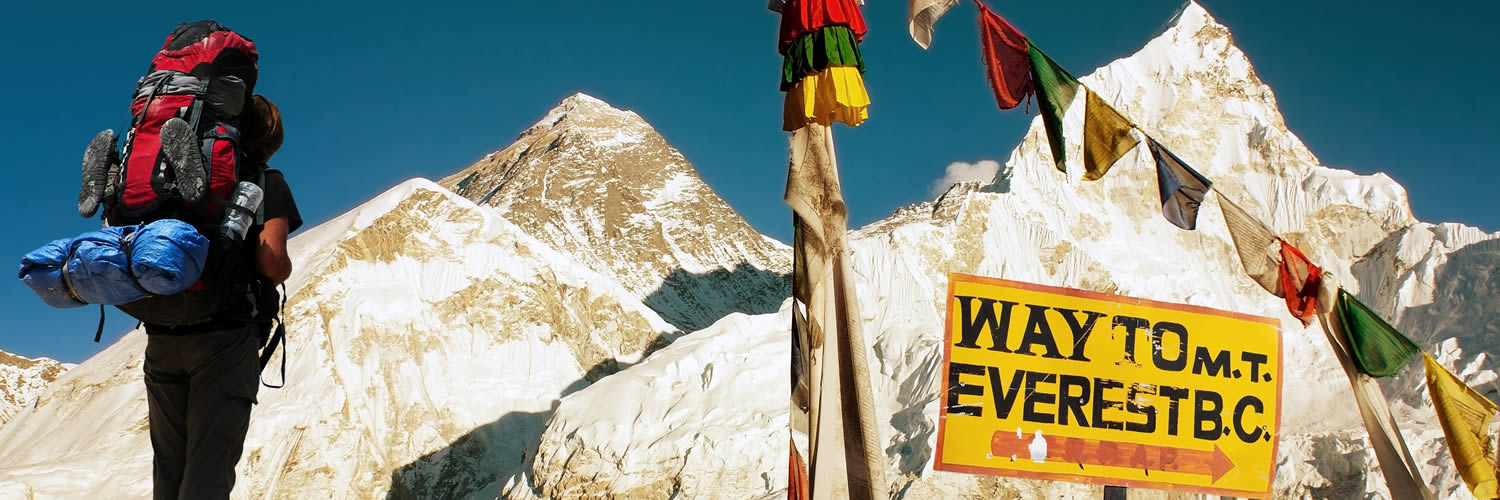 Mount Everest Elevation Gain in Feet:
Mount Everest Elevation Gain in Feet:
The elevation gain of Mount Everest from its base to its summit is approximately 8,848 meters (29,029 feet).
Distance from Lukla to Everest Base Camp:
The direct distance from Lukla to Everest Base Camp is around 65 kilometers (40 miles). However, the trekking route covers more ground due to the terrain.
Everest Base Camp Trek Map:
Detailed trek maps are available from various sources, including trekking agencies, guidebooks, and online platforms. You can find maps that outline the trekking route, villages, and key landmarks along the way.
The altitude profile involves several ups and downs, with acclimatization days to help the body adjust to the increasing altitude. Trekkers usually follow this general route, with variations depending on the itinerary and specific trekking plans. It's crucial to allow time for acclimatization to minimize the risk of altitude-related illnesses.
The altitude profile of the Everest Base Camp Trek varies, but in general, you start in Lukla at an altitude of around 2,860 meters (9,383 feet) and gradually ascend to Everest Base Camp at approximately 5,364 meters (17,598 feet). The trek involves several ups and downs, with acclimatization days to help adjust to the increasing altitude.
The Everest Base Camp Trek involves a gradual ascent through various villages and landscapes. Here's a simplified altitude profile of the trek from Lukla to Everest Base Camp:
Elevation of Base Camp 1 (Everest):
Everest Base Camp 1 (also known as Camp 1 or C1) is situated at an elevation of around 6,065 meters (19,900 feet).
Difficulty Level of Everest Base Camp Trek:
The difficulty level of the Everest Base Camp Trek is considered moderate to strenuous. The trek involves challenging terrain, high altitude, and varying weather conditions. Adequate physical fitness and acclimatization are crucial.
Distance to Walk to Everest Base Camp
The total distance of the Everest Base Camp Trek is approximately 130 kilometers (80 miles) round trip, starting and ending in Lukla.
Can a Beginner Do Everest Base Camp?
While the trek is challenging, beginners with good physical fitness, proper training, and acclimatization have successfully completed the Everest Base Camp Trek. It is essential to be prepared and consult with experienced guides.
Difficulty of Everest Camp 2:
Camp 2 on Everest is at a higher altitude and is considered more challenging than Base Camp. It is situated at around 6,500 meters (21,325 feet). Climbers face steeper and more technical terrain on their way to Camp 2.
Altitude of Camp 2 on Everest:
Camp 2 on Everest is located at an altitude of approximately 6,500 meters (21,325 feet).
Is Everest Base Camp High Altitude?
Yes, Everest Base Camp is at high altitude, with an elevation of around 5,364 meters (17,598 feet). Altitude-related challenges should be considered during the trek.
Is Everest Base Camp Hard?
The difficulty of Everest Base Camp Trek varies for individuals, but it is generally considered challenging due to the high altitude, trekking duration, and changing weather conditions.
Failure Rate on Everest Base Camp:
The failure rate for Everest Base Camp Trek is not well-documented, but with proper preparation, acclimatization, and experienced guides, the majority of trekkers successfully complete the journey.
Comparison with Kilimanjaro:
Kilimanjaro and Everest Base Camp Trek are different experiences. Kilimanjaro involves a higher altitude (Uhuru Peak at 5,895 meters) but is a non-technical trek. Everest Base Camp Trek has lower peaks but involves technical climbing at higher altitudes.
Can a Normal Person Climb Everest Base Camp?
With proper preparation, physical fitness, and acclimatization, individuals without prior mountaineering experience can undertake the Everest Base Camp Trek. It is crucial to be aware of the challenges and risks associated with high-altitude trekking.
Are There 2 Everest Base Camps?
No, there is only one Everest Base Camp, which serves as the starting point for climbers attempting to summit Mount Everest.
Weight to Carry to Everest Base Camp:
Trekkers typically hire porters or yaks to carry their gear. The weight you need to carry personally depends on your preferences, but it's advisable to keep it as light as possible for better trekking comfort.
Hardest Day of Everest Base Camp:
The day of the trek that is often considered the most challenging is the ascent to Kala Patthar, a viewpoint near Everest Base Camp that offers stunning views of Everest. The steep climb and high altitude can make it physically demanding.
Everest Base Camp Without Training:
While it is not recommended, some individuals with good physical fitness and adaptability have successfully completed the Everest Base Camp Trek without extensive training. However, adequate preparation significantly enhances the chances of a successful and enjoyable trek.
Max Age for Everest Base Camp Trek:
There isn't a strict maximum age for the Everest Base Camp Trek, but individuals should be in good health and consult with a doctor before attempting the trek. Age alone is not a determining factor; overall health and fitness are more important.
Age Limit for Everest Base Camp Trek:
There isn't a specific age limit for the Everest Base Camp Trek. It depends on the individual's health and fitness level. However, older individuals should consult with a healthcare professional before attempting high-altitude treks.
Please note that conditions and regulations may change, and it's essential to verify information with reliable sources before planning any trekking expedition
Best Selling Trips Nepal, Tibet And Bhutan
Actual Adventure offer more then 50 special holidays package in Nepal, Tibet, Bhutan and India, including Trekking, tour, biking and climbing. from 1 week to 3 weeks holidays with reasonable. you can think for Annapurna Base Camp Trekking, Manaslu circuit Trek, Tsum Valley Trek, and Everest Base Camp Trekking, which are equally worthy to carry out Nepal Trekking and Hiking during your Nepal to visit lets Book your Adventure with us Everest Base Camp Trek, Annapurna Base Camp Trek, Langtang Valley Trek, Langtang Gosainkunda Trek, Manaslu Circuit Trekking Peak climbing and Expedition above 8000m or Any 3 country tour in Himalayas for culture, pilgrimage or explore view Explore the most sought-after Buddhist pilgrimage packages in Asia featuring enchanting destinations in Nepal, Tibet, and Bhutan.
Recent Posts
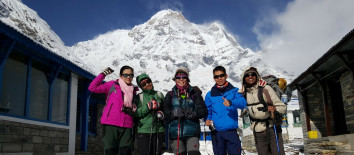
23rd Jan, 2017
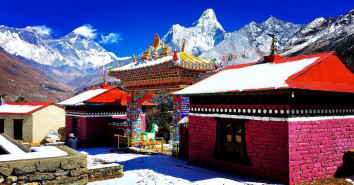
12th Jan, 2014
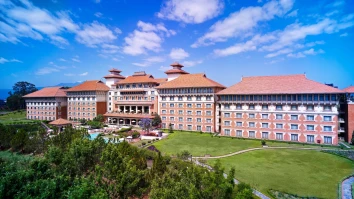
24th Apr, 2017
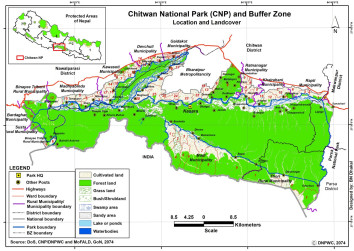
3rd Apr, 2014

3rd Jun, 2017
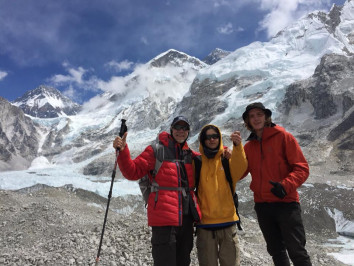
20th Jan, 2017
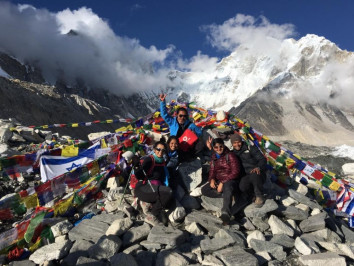
16th Jan, 2017
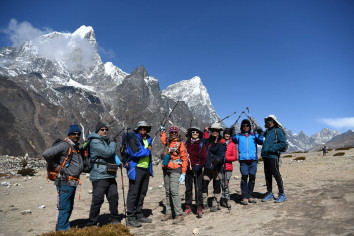
12th Jul, 2015

9th Apr, 2019
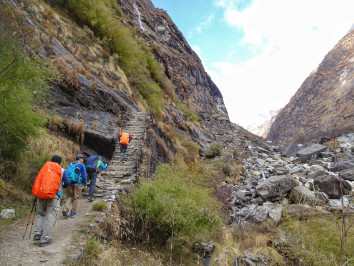
9th Jan, 2014
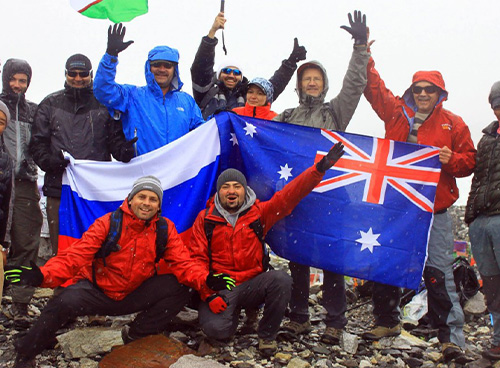
4th Apr, 2019

2nd Jan, 2014

2nd Apr, 2019

2nd Jan, 2014
-1.jpg)
30th Jan, 2017
-1.jpg)
4th Oct, 2018

16th Oct, 2018
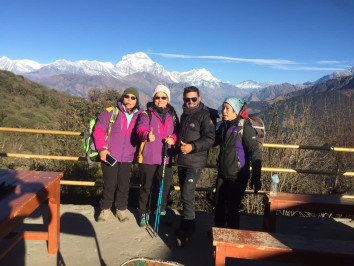
9th Oct, 2018
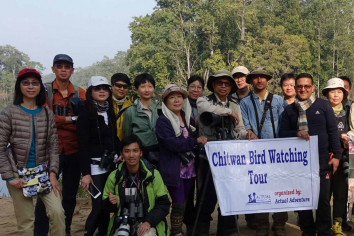
24th Jan, 2016
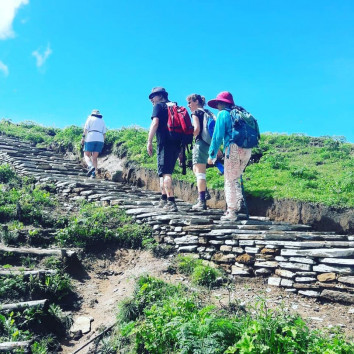
4th Oct, 2018
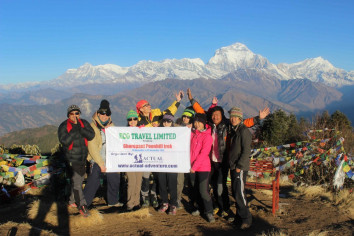
24th Aug, 2022

8th Sep, 2022
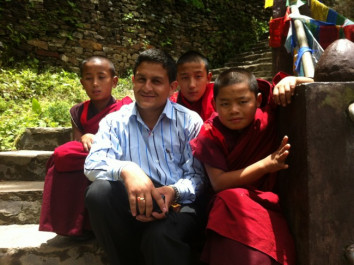
15th Sep, 2022
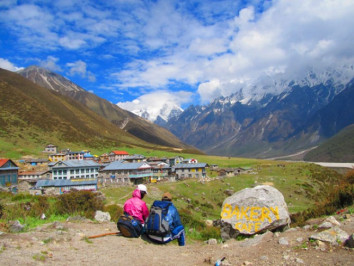
3rd Mar, 2023
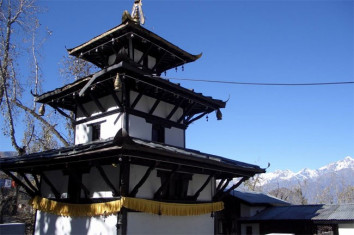
7th Mar, 2023
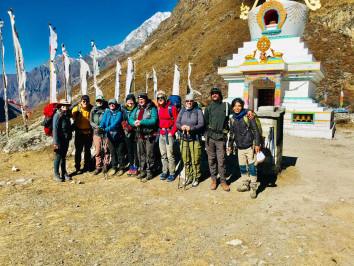
27th Mar, 2023

5th Apr, 2023

12th Apr, 2023
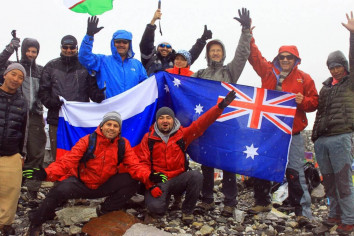
21st Apr, 2023
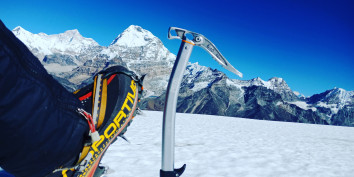
24th Apr, 2023
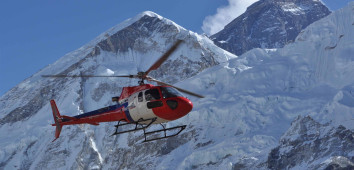
27th Apr, 2023
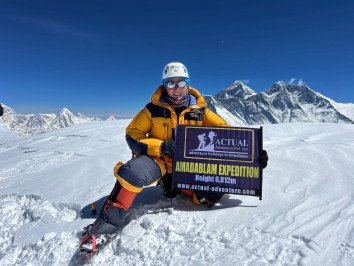
1st May, 2023
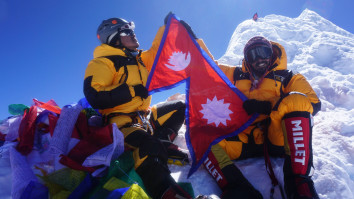
1st May, 2023
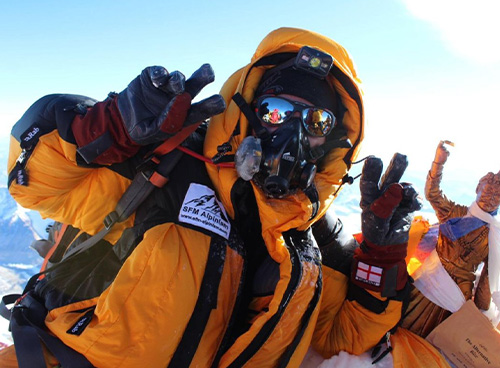
3rd May, 2023
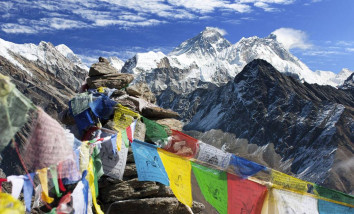
18th May, 2023

19th May, 2023
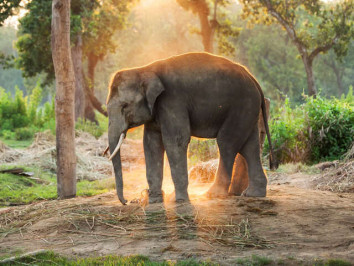
16th Jul, 2023

16th Jul, 2023
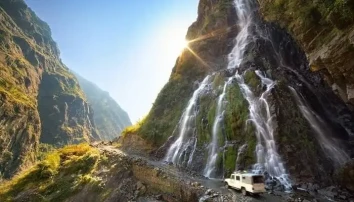
16th Jul, 2023
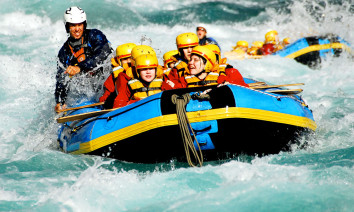
16th Jul, 2023

17th Jul, 2023

17th Jul, 2023

17th Jul, 2023

17th Jul, 2023

17th Jul, 2023
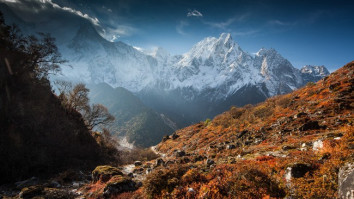
17th Jul, 2023

17th Jul, 2023

20th Jul, 2023
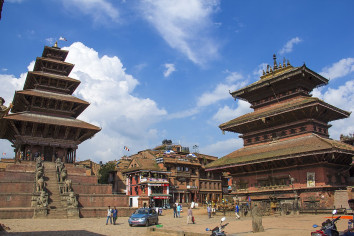
21st Jul, 2023

27th Jul, 2023
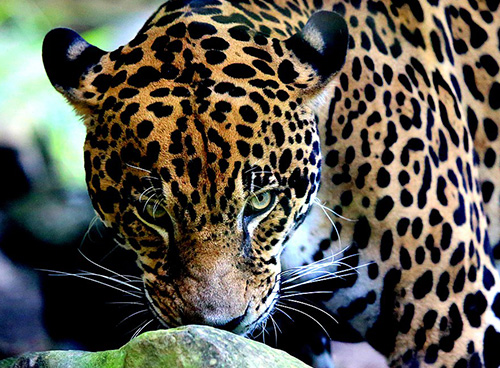
30th Jul, 2023
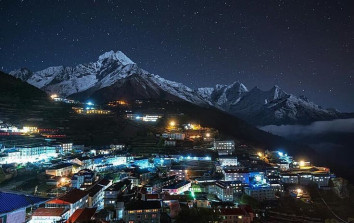
30th Jul, 2023
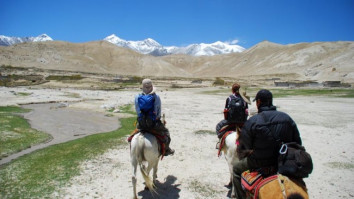
21st Aug, 2023

22nd Aug, 2023
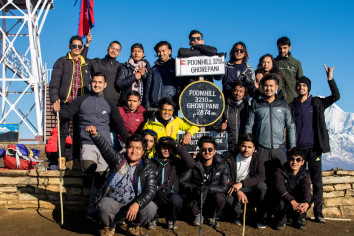
28th Aug, 2023
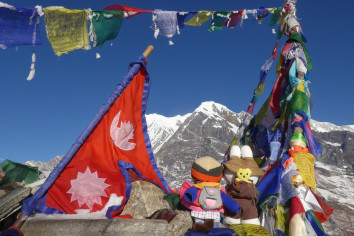
6th Oct, 2023

5th Nov, 2023

7th Nov, 2023

19th Nov, 2023
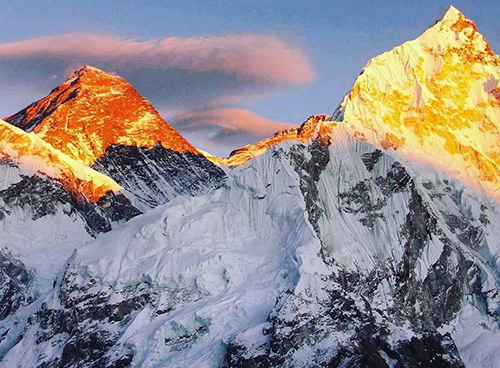
25th Nov, 2023

1st Dec, 2023
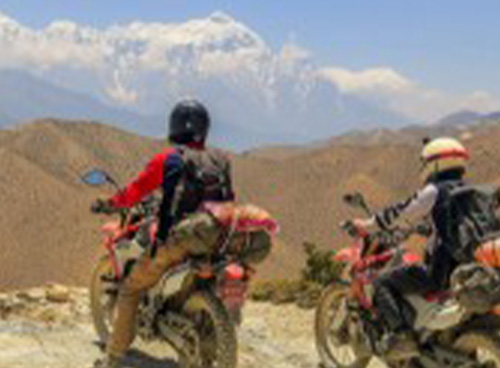
3rd Dec, 2023

13th Dec, 2023
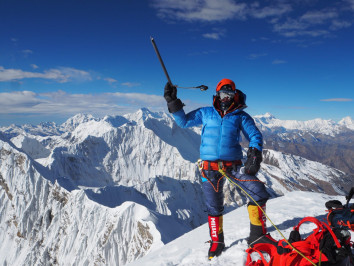
13th Dec, 2023

13th Dec, 2023

21st Dec, 2023
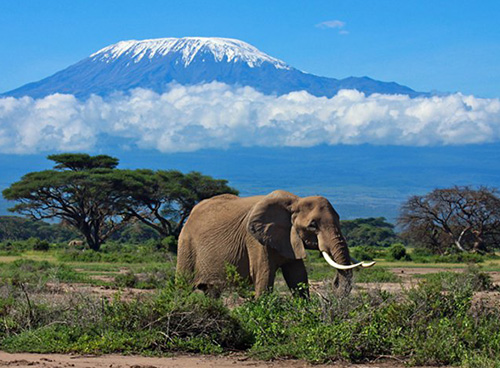
21st Dec, 2023
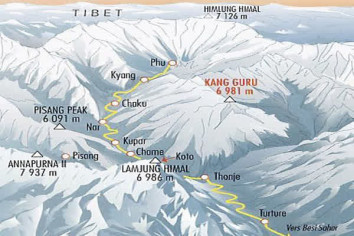
23rd Dec, 2023
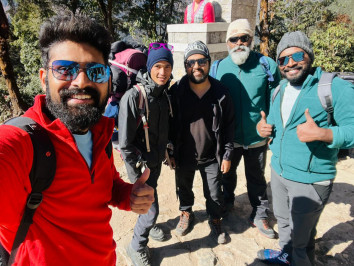
25th Dec, 2023

25th Dec, 2023

31st Dec, 2023
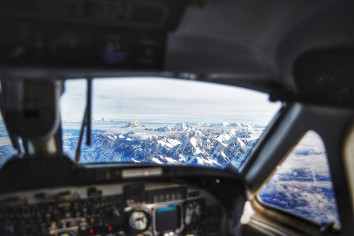
31st Dec, 2023
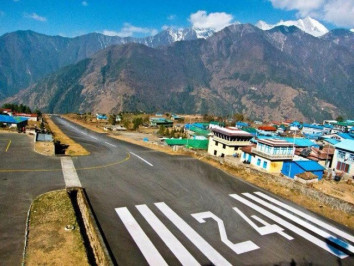
31st Dec, 2023
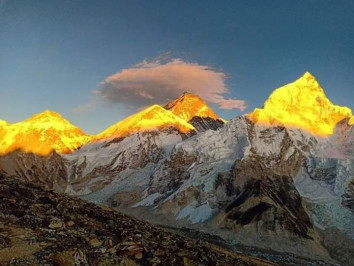
1st Jan, 2024
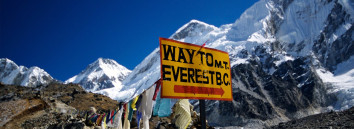
2nd Jan, 2024

2nd Jan, 2024
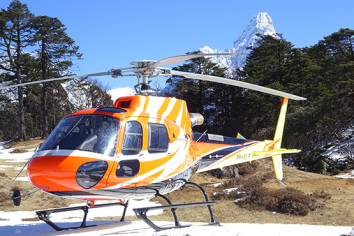
2nd Jan, 2024
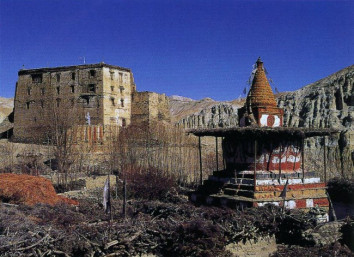
3rd Jan, 2024

4th Jan, 2024

4th Jan, 2024
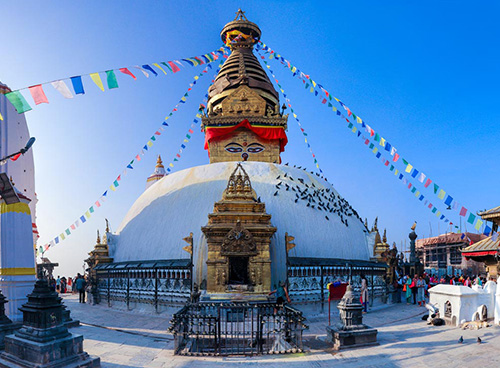
4th Jan, 2024
.jpg)
4th Jan, 2024

4th Jan, 2024

4th Jan, 2024

5th Jan, 2024
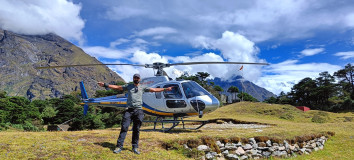
6th Jan, 2024
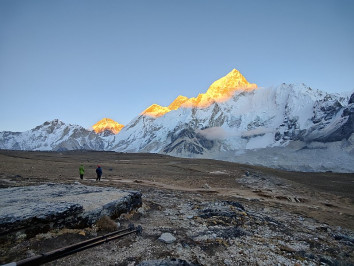
6th Jan, 2024
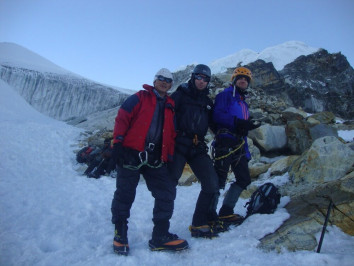
9th Jan, 2024
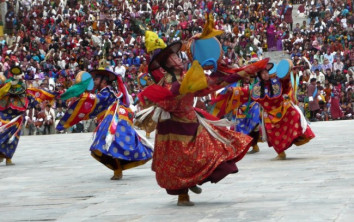
10th Jan, 2024

10th Jan, 2024

10th Jan, 2024
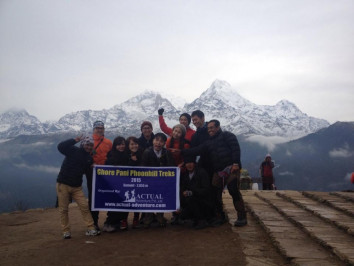
10th Jan, 2024
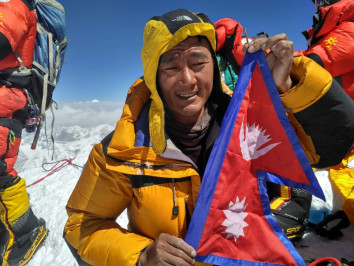
11th Jan, 2024
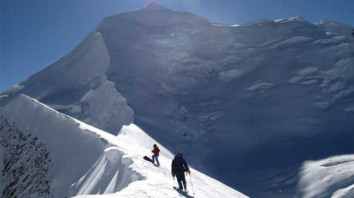
11th Jan, 2024

12th Jan, 2024

12th Jan, 2024

13th Jan, 2024
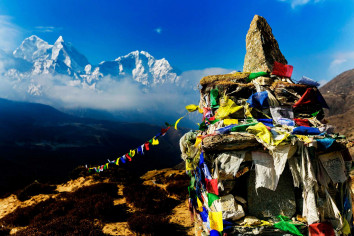
14th Jan, 2024
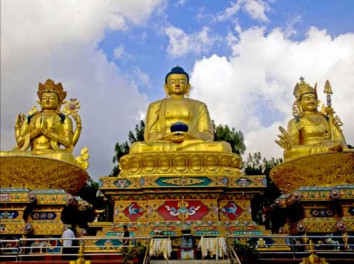
14th Jan, 2024

15th Jan, 2024
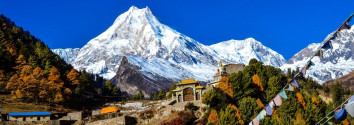
15th Jan, 2024
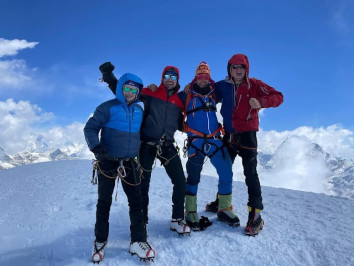
15th Jan, 2024
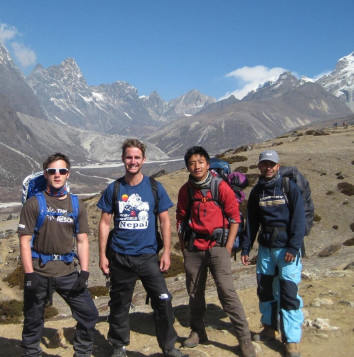
16th Jan, 2024
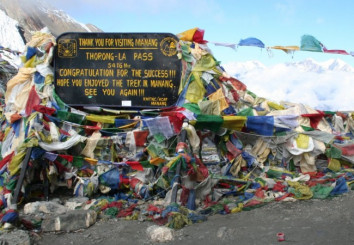
16th Jan, 2024
.jpg)
16th Jan, 2024

16th Jan, 2024
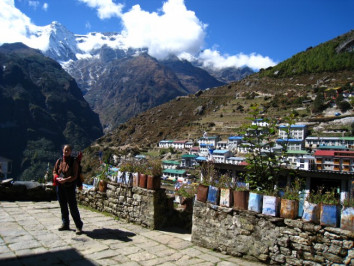
18th Jan, 2024
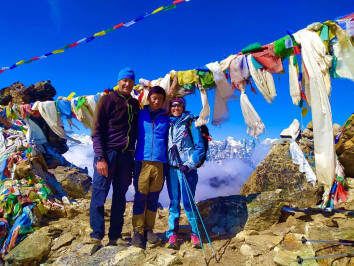
24th Jan, 2024
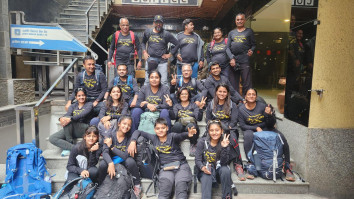
26th Jan, 2024
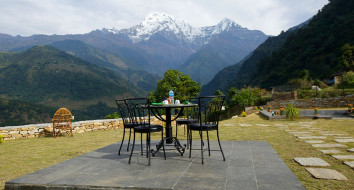
28th Jan, 2024
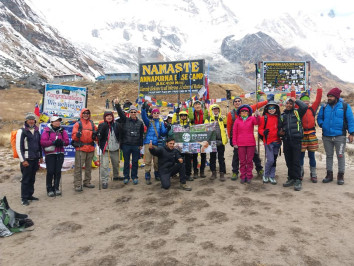
28th Jan, 2024
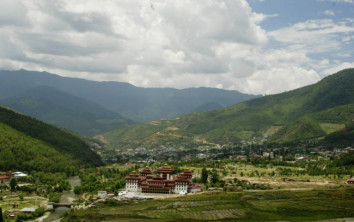
30th Jan, 2024
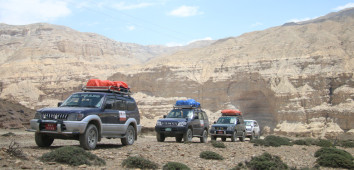
30th Jan, 2024
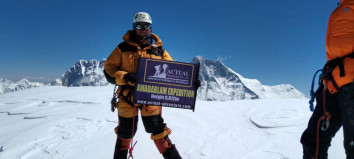
2nd Feb, 2024

2nd Feb, 2024

2nd Feb, 2024
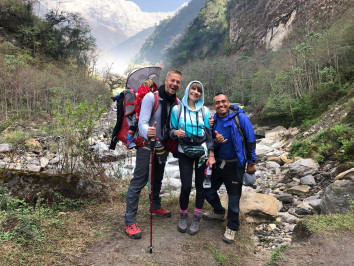
3rd Feb, 2024
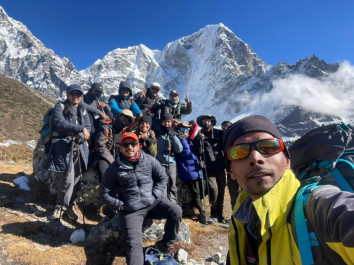
4th Feb, 2024

8th Feb, 2024
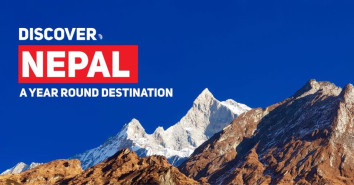
9th Feb, 2024

10th Feb, 2024
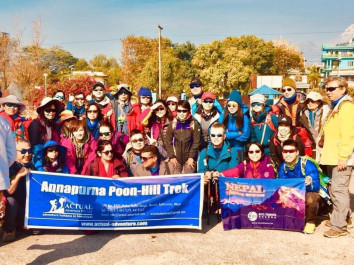
10th Feb, 2024

11th Feb, 2024

12th Feb, 2024

12th Feb, 2024
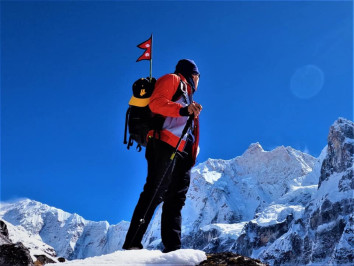
13th Feb, 2024
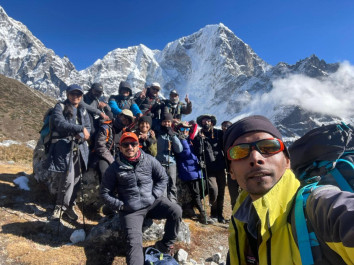
13th Feb, 2024
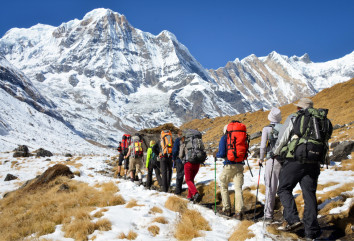
16th Feb, 2024
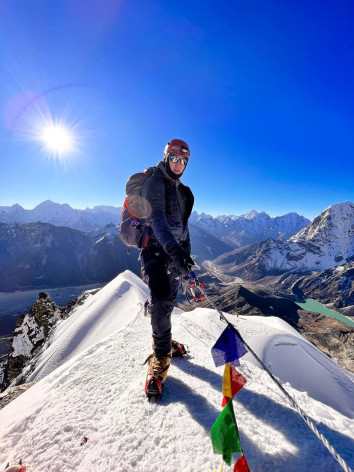
18th Feb, 2024

20th Feb, 2024
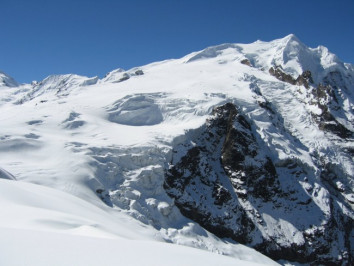
21st Feb, 2024
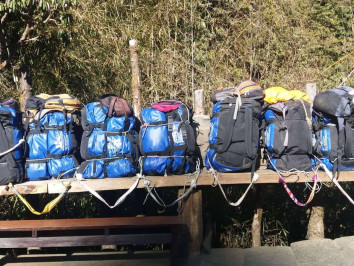
21st Feb, 2024

27th Feb, 2024
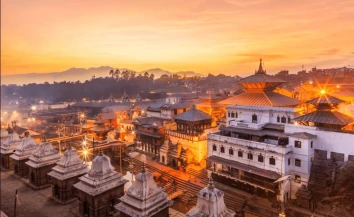
3rd Mar, 2024

3rd Mar, 2024
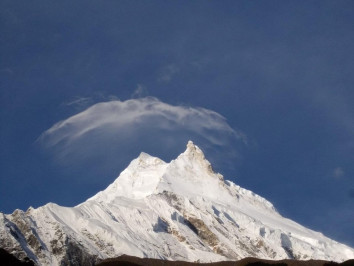
4th Mar, 2024
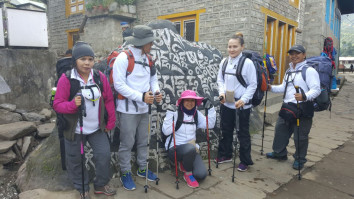
5th Mar, 2024
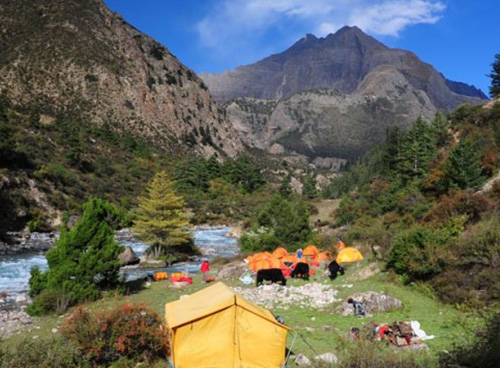
5th Mar, 2024

10th Mar, 2024

10th Mar, 2024

10th Mar, 2024
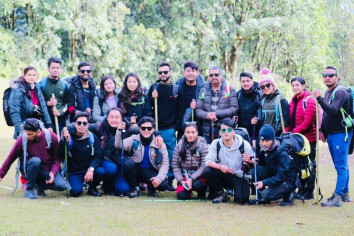
11th Mar, 2024

13th Mar, 2024

13th Mar, 2024
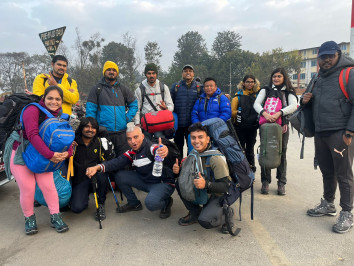
19th Mar, 2024
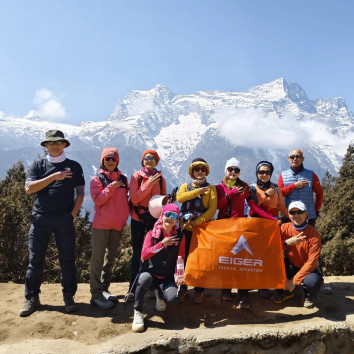
22nd Mar, 2024

26th Mar, 2024
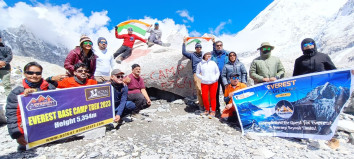
27th Mar, 2024

27th Mar, 2024
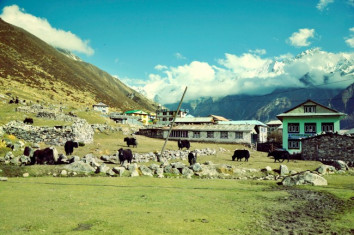
27th Mar, 2024
-1624864292-1.jpg)
28th Mar, 2024
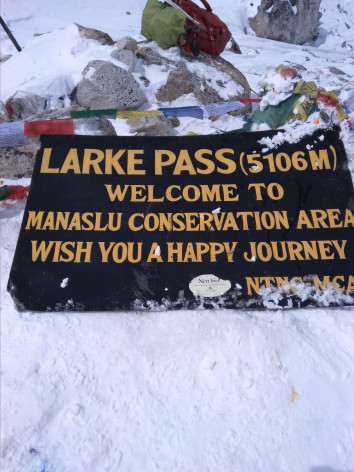
2nd Apr, 2024

2nd Apr, 2024

4th Apr, 2024
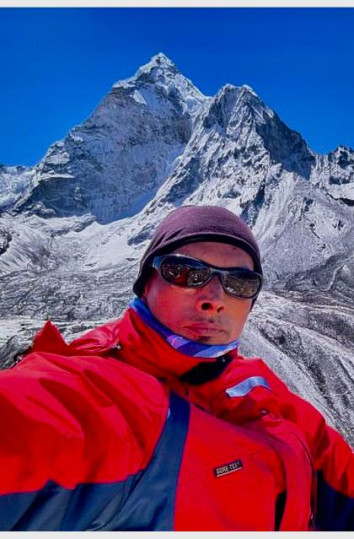
12th Apr, 2024
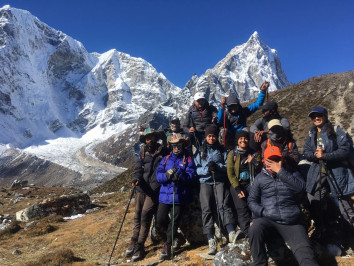



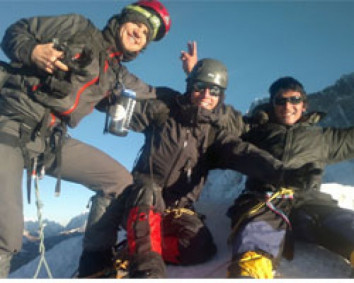
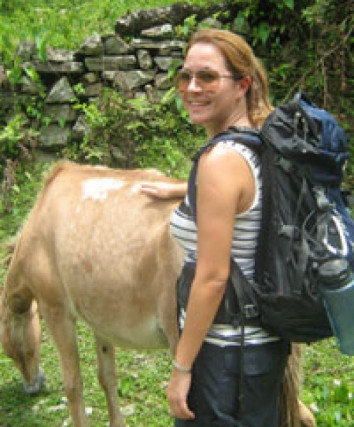
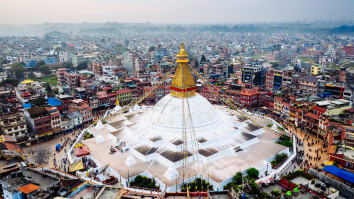


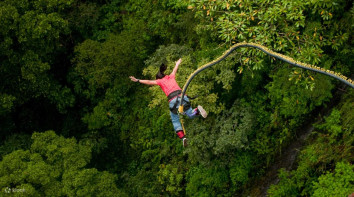
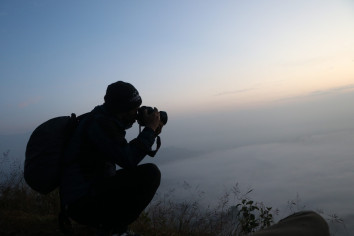
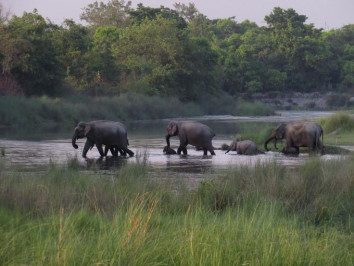
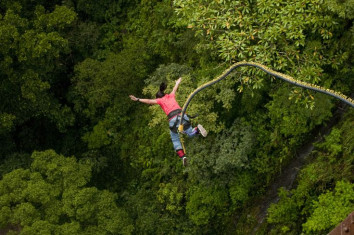
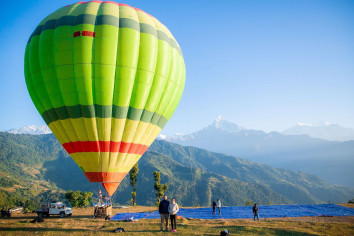


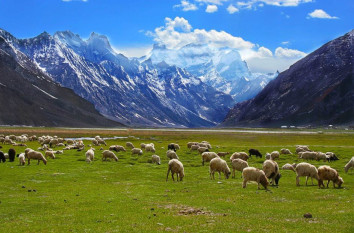



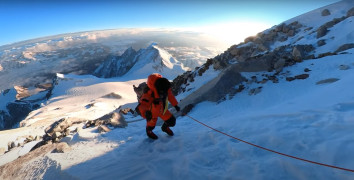
.jpg)

